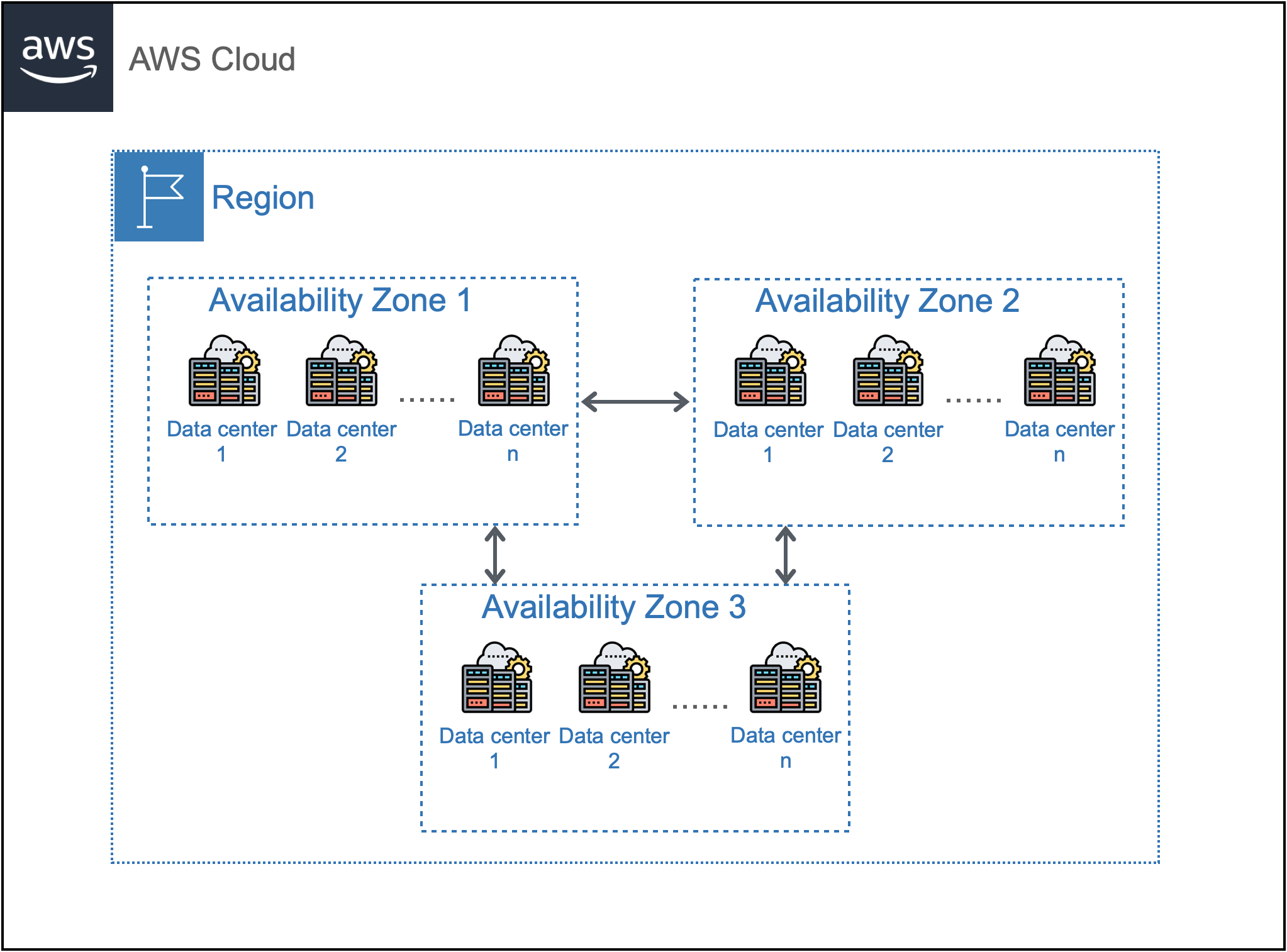We can view AWS Cloud Model into three different types, this is typically true for most of Cloud vendors.
- Infrastructure as a Service (IaaS)
- Platform as a Service (PaaS)
- Software as a Service (SaaS)
Infrastructure as a Service (IaaS) is the basic building blocks for cloud IT, it provides access to computers either as virtual machines or dedicated hardware, networking, storage space. This is very similar to any organization's IT resources on premise, Infrastructure as a Service on cloud provides more flexibility in terms of managing IT resources, so that IT teams has more control over the resources. With Infrastructure as a Service, it is organization's responsibility to manage hardware and software such Operating System upgrades on the Cloud.
Platform as a Service (PaaS) removes the need for organizations to manage IT resources and need not to worry hardware procurement or managing software on O/S such as installing patches etc. So that it allows you to focus more on application development, deployment and management.
Software as a Service (SaaS) offers as a complete product to end user that is managed by the service provider. With Software as a Service, end users need not to worry about how the application is managed and what hardware it runs on etc.
How AWS Cloud Infrastructure looks like AWS Local Zones AWS Wavelength Zones
AWS operates globally with its infrastructure located at different geographic locations all over the world, AWS has a concept called 'Region' which is typically a cluster of data centers, and these data centers are logically grouped as 'Availability Zone' (AZ), and each Availability Zone has independent power supply, physical security. Availability Zones within a Region are connected via redundant ultra-low-latency networks.
Each AWS Region will consists of at-least two Availability Zones (AZs), though there are multiple AZ's within a Region, they are physically located at a meaningful distance from each other and all the AZ's are within a radius of 100 kilometers (60 miles).
(Source: https://aws.amazon.com/about-aws/global-infrastructure/regions_az/)
Because, the AZ's are physically separated and located at a distant location, yet provide ultra-low-latency network speed, Oraganizations should consider designing applications to deploy and make available through multiple AZs for high availability, these applications are better protected from power failures, weather disasters, earthquakes and more.
AWS Region and Availability Zones topology can be viewed as below diagram.

AWS Local Zones are special type of infrastructure setup that places compute, storage, databases and other resources close to end users. This gives better performance of applications to end users with sub milli second latency. AWS Local Zones are extensions to AWS Region, so oraginazations or individuals can run applications in AWS Local Zones that demand ultra-low-latency speeds to meet the end user needs.
Just to put this into context with an example where AWS Local Zones are helpful, say you have a web application deployed into one of the AWS Region located in USA East Coast and users who access your application nearest to that Region will get better latency compared to users located in Texas for example, so in order to give better latency for users from Texas, you can deploy your application into AWS Local Zone nearest to Texas.
Other typical usecases where AWS Local Zones could be useful are
- Applications that requires ultra-low-latency speed and deploy nearest to end users location.
- Simplify Hybrid cloud migrations, where some applications sitting on premise while some applications are deployed to Cloud, oraganizations can still meet low-latency requirement by choosing AWS Local Zone.
- Data residency requirements, AWS Local Zones could be the solution to meet the requirements from regulations on where customer data resides, especially in healthcare, financial services and others.
AWS Wavelength is a special type of infrastructure that puts AWS compute and storage services within 5G networks, providing mobile edge computing infrastructure for developing, deploying, and scaling ultra-low-latency applications.
An example where Wavelength Zones are helpful is, say you are developing an application that will be used in Cars, this requires establishing connectivity and deliver data instantly from the Application to the Car that is moving, by choosing Walelength Zone, it delivers near real-time connectivity between the Car and the Cloud.
Other typical usecases where AWS Wavelength Zones could be useful are
- Applications that uses Artificial Intelligence (AI) or Machine Learning (ML) can be run on Wavelength Zones to accelerate 5G applications in medical diagnostics, retail, smart devices and many other.
- Connected Vehicle applications that requires near-real-time connectivity from Cloud to the Vechicle.
- Media related applications such as Augumented Reality (AR) or Virtual Reality(VR).